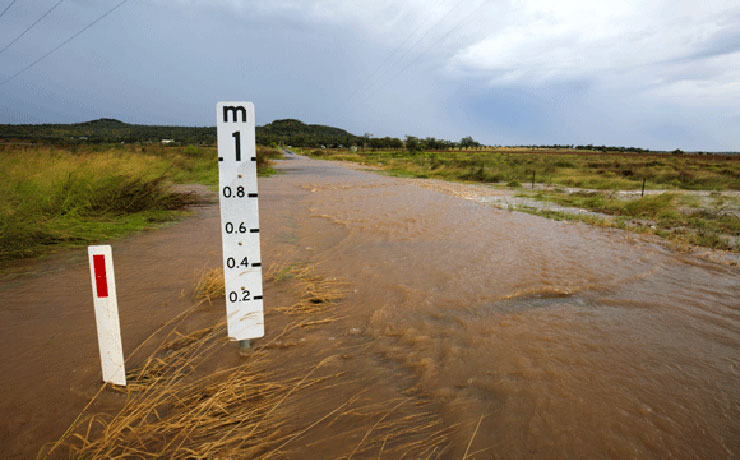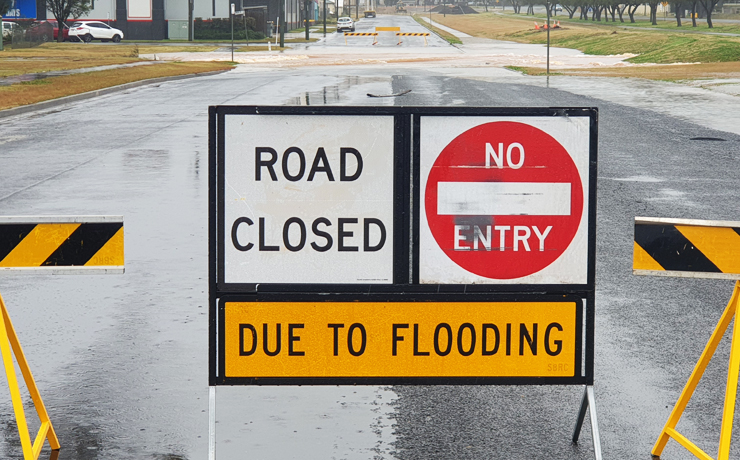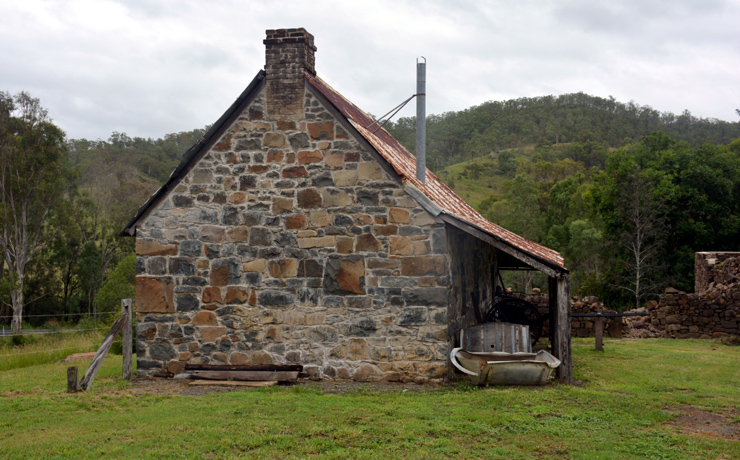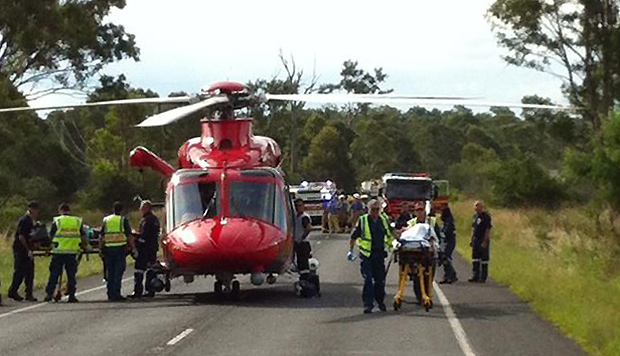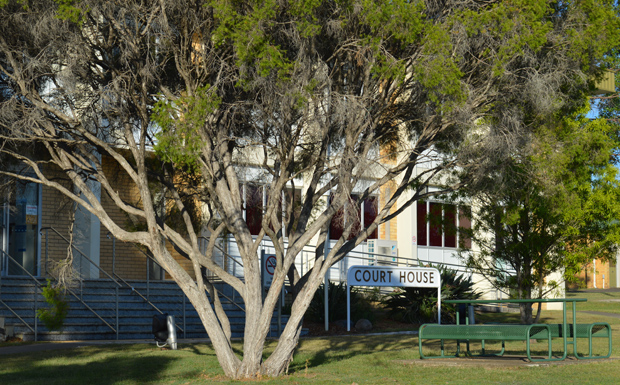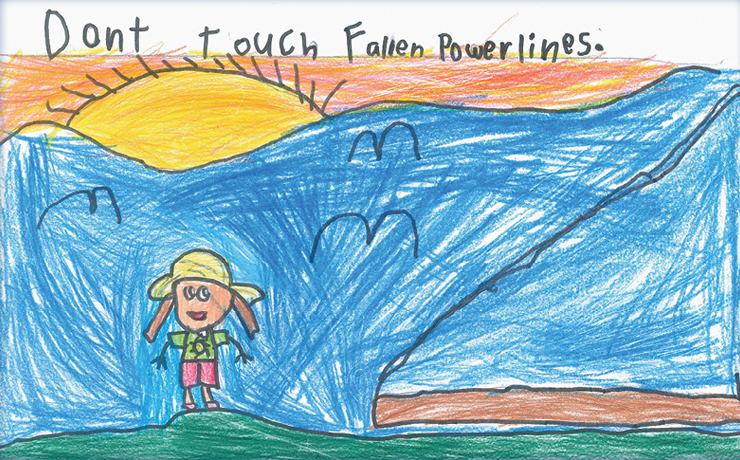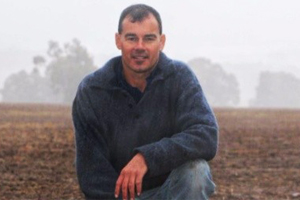June 3, 2014
Biosecurity Queensland is managing a new Hendra virus case in the Beenleigh area after a positive test result was received late last night.
Queensland Acting Chief Veterinary Officer Dr Allison Crook said one horse had been euthanased on the property after becoming unwell over the weekend.
“There are two other horses on the property. Tracing and risk assessments are being undertaken on any animals that may have had contact with the infected horse to work out if further testing needs to be done,” Dr Crook said.
“We will contact other properties that we believe may have had contact with the infected animal.
“The property has been quarantined which means restrictions apply to moving horses and horse materials on and off the property. The quarantine will be in place for at least one month.”
Queensland Health’s Public Health experts are assessing the situation today to determine if any humans had contact with the infected horse.
Dr Crook said this was the second case of Hendra virus in Queensland this year.
“Hendra virus infection can occur throughout the year, so it’s important that horse owners take steps to protect themselves and their animals at all times,” she said.
“The affected horse had not been vaccinated. Vaccination is the single most effective way of reducing the risk of Hendra virus infection in horses. It is recommended that horse owners speak to their veterinarian about vaccinating their horses.
“If a horse becomes sick, owners should contact their veterinarian immediately. People in contact with horses need to remember to continue to practice good biosecurity and personal hygiene measures even if a horse is vaccinated against Hendra virus.”
Biosecurity Queensland said although Hendra virus could occur all year, is was more common during the cooler months.
If a horse becomes sick, owners should contact their vet immediately.
There are a number of measures horse owners can take to reduce the risk:
- Horse feed and water containers should be removed from under trees. If possible, place feed and water containers under a shelter.
- Owners should inspect and identify flowering/fruiting trees on their property. Horses should be removed from paddocks where flowering/fruiting trees are attracting flying foxes. Horses should be returned only after the trees have stopped flowering/fruiting and the flying foxes have gone.
- If horses cannot be removed from the paddock, consider fencing (temporary or permanent) to restrict access to flowering/ fruiting trees. Clean up any fruit debris underneath the trees before returning horses.
- If it is not possible to remove horses from paddocks, try to temporarily remove your horses during times of peak flying fox activity (usually at dusk and during the night).
- Ensure sick horses are isolated from other horses, people and animals until a veterinarian’s opinion is obtained.
- If there is more than one horse on your property, handle unaffected horses first and then only handle sick horses after taking appropriate precautions.
- Make sure gear exposed to any body fluids from horses is cleaned and disinfected before it is used on another horse. This includes halters, lead ropes and twitches. Talk to your veterinarian about which cleaning agents and disinfectants to use.
- When cleaning contaminated equipment from a sick horse, wear gloves, cover any cuts or grazes and wash your hands thoroughly afterwards.
- It is essential that horse owners practise good biosecurity and not travel with, work on or take sick horses to other properties or equestrian events.
- Do not allow visiting horse practitioners (eg. farriers) to work on sick horses.
- Seek veterinary advice before bringing any sick horse onto your property.












